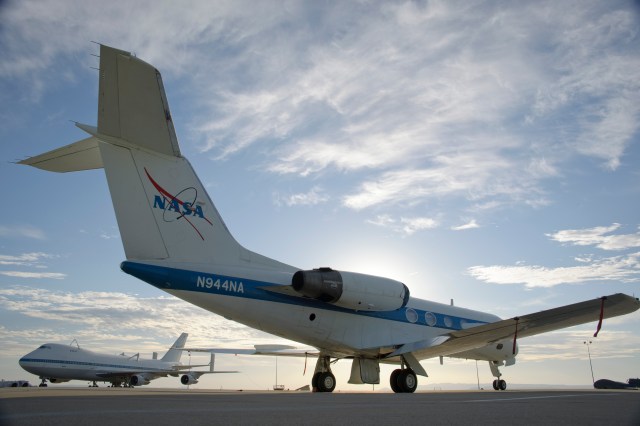Aircraft Cabin Turbulence Warning Experiment

An Aircraft Cabin Turbulence Warning Experiment, jointly sponsored by NASA’s Dryden (now Armstrong) Flight Research Center and the Federal Aviation Administration (FAA), was conducted at the Civil Aerospace Medical Institute at Oklahoma City from Oct. 1 through Oct. 3, 2002. This experiment provided critical information to improve in-flight safety for turbulence encounters, the largest cause of in-flight injuries.
“The lack of a reliable turbulence warning has been one reason that commercial aircraft cabin crews have not been able to effectively prepare for turbulence encounters,” said Rod Bogue, Dryden’s turbulence technology project manager. “Current turbulence warning announcements and seat belt advisories have a high false alarm rate, and it is not surprising that passengers and flight attendants place little confidence on in-flight warnings. Quite often, they are out of their seats or in their seats without belts fastened when turbulence encounters occur.”
One version, based on modified weather radar technology, was demonstrated that provided over one minute of encounter warning and a low false alarm rate. With the increased reliability of the new systems, NASA requested assistance from the FAA to conduct an experiment to develop a reliable estimate of the range of times typically required to allow passengers to be seated. as this determines the lead-time that turbulence warning systems must provide to reduce risk of injury during turbulence encounters.
A series of timed trials for preparing an aircraft cabin for a turbulence encounter was used to establish requisite time from the moment the flight attendants receive notice of anticipated turbulence. An actual 747 aircraft cabin configured to support evacuation drills at the Civil Aerospace Medical Institute was used to conduct the drill to assure valid results and to add realism to the exercise.
Three scenarios at simulated high passenger load factors were used to provide a variety of difficult situations so that the times from the tests would be accurate estimates of any situations likely to be encountered.
The Association of Flight Attendants and the Association of Professional Flight Attendants provided support through planning and technical consultation. United Airlines, Delta Airlines, and US Airways provided crews to conducted one-day experimental trials. American Airlines, JetBlue Airways and Southwest Airlines also supported the work with equipment, staff or other assistance. About 70 people served as “passengers” for the three-day experiment.




























